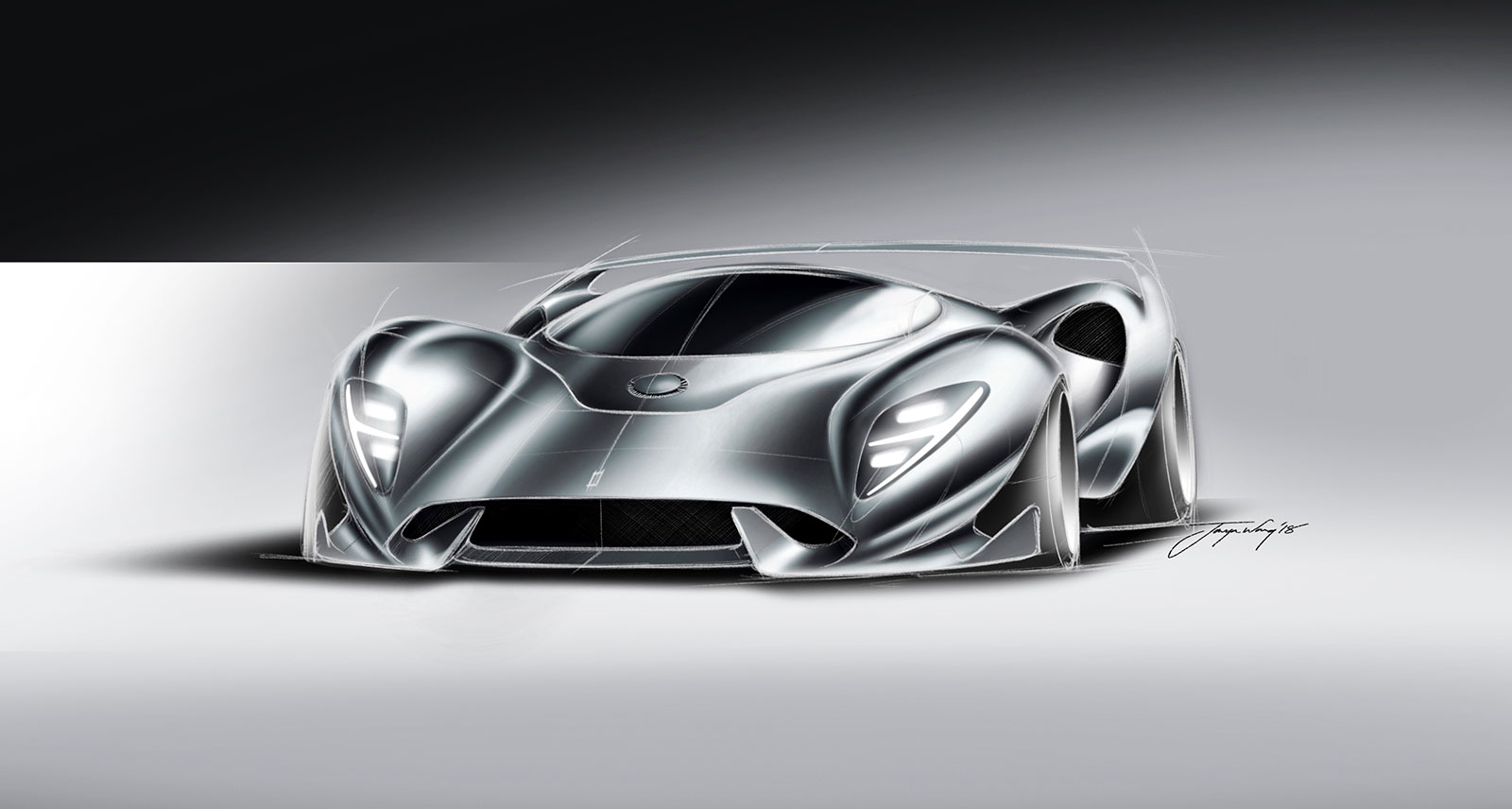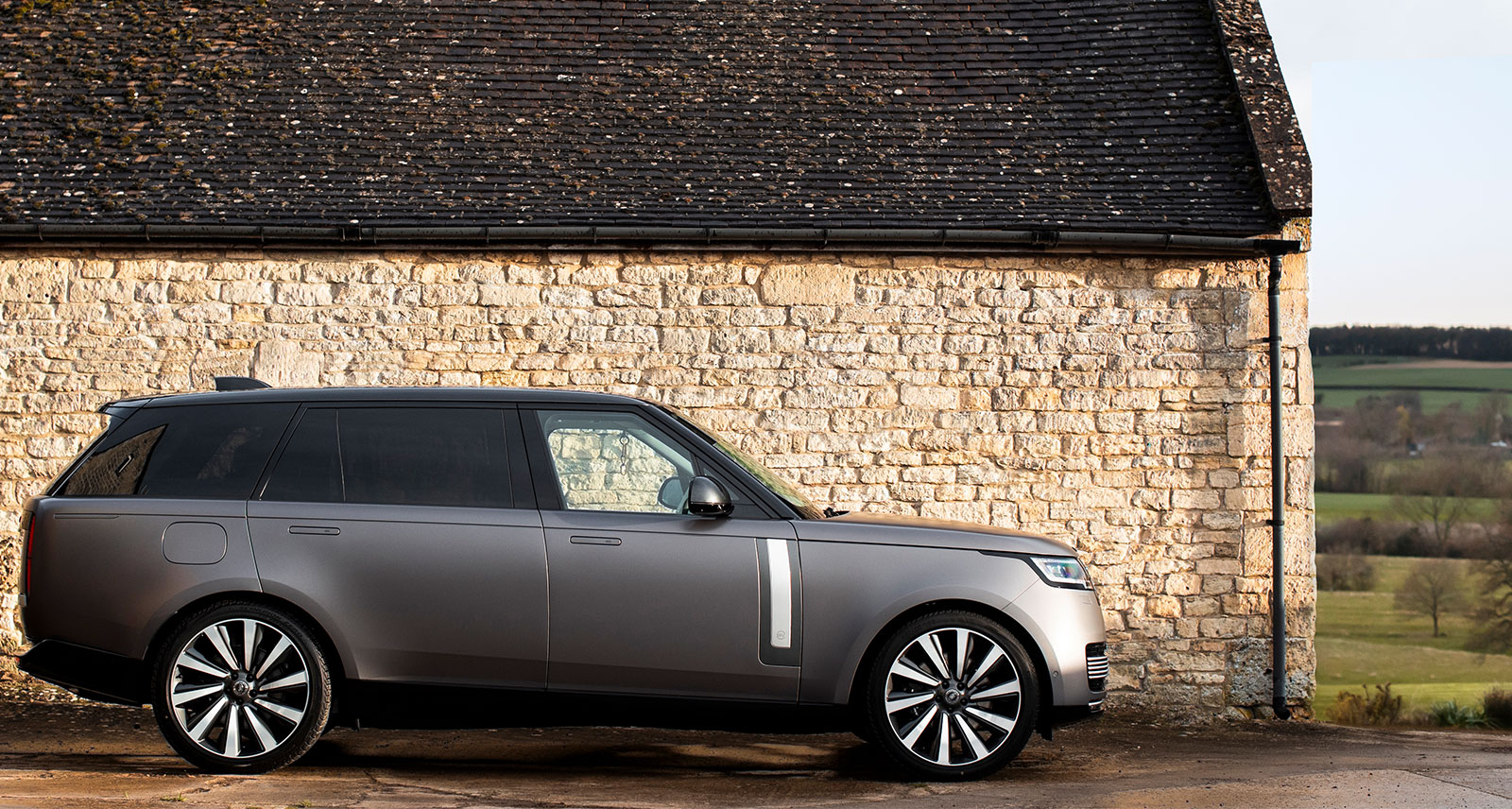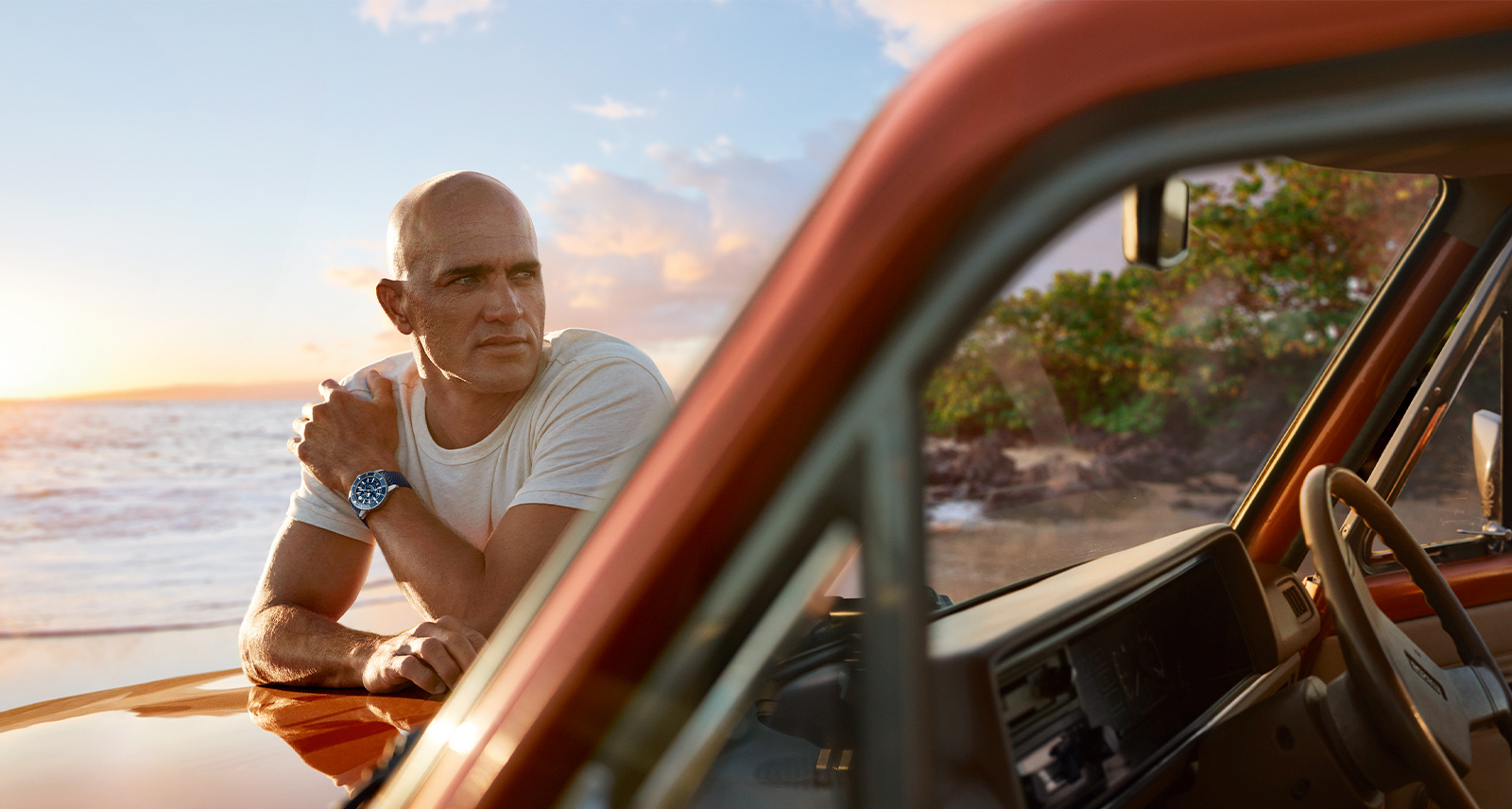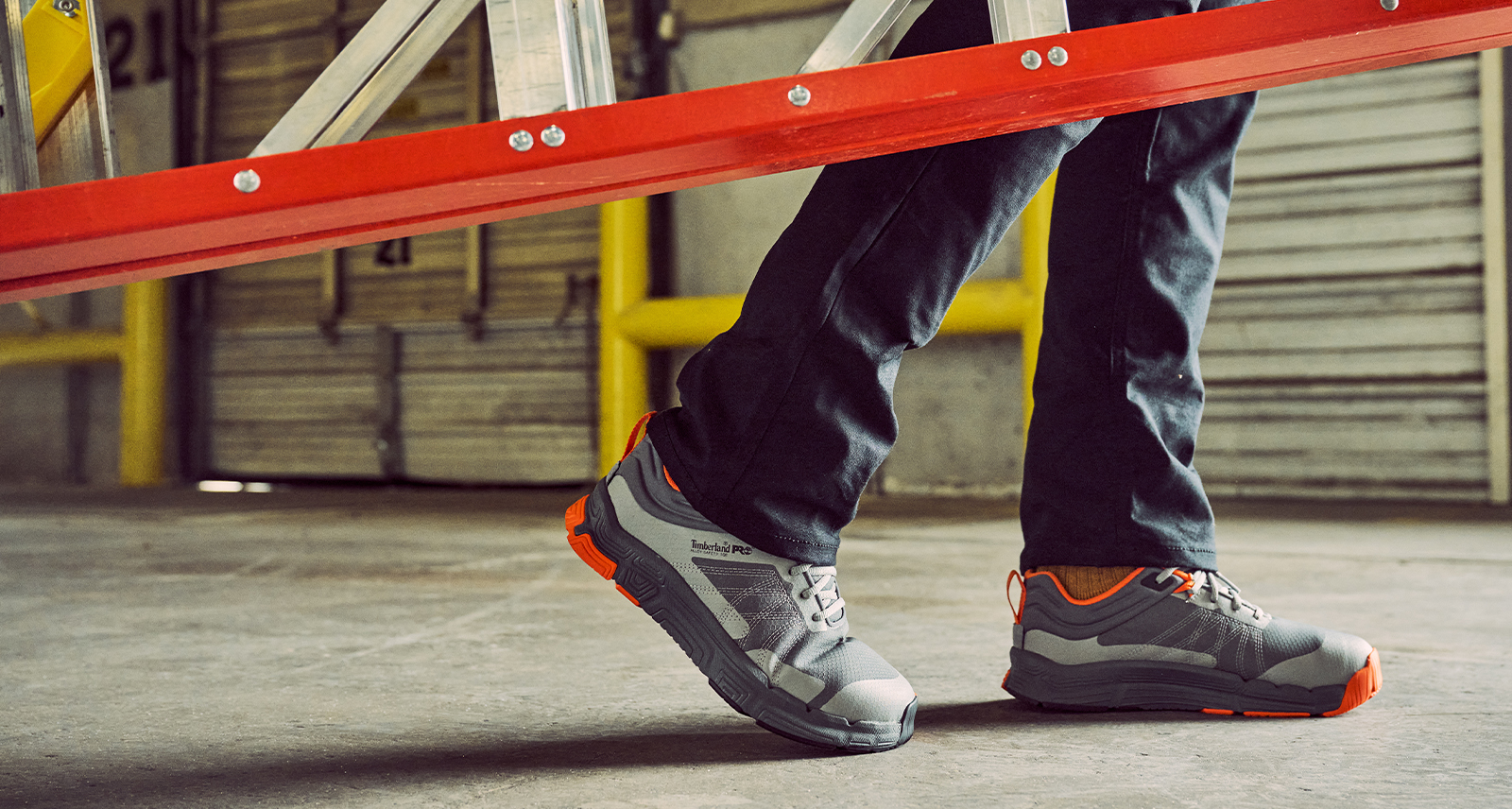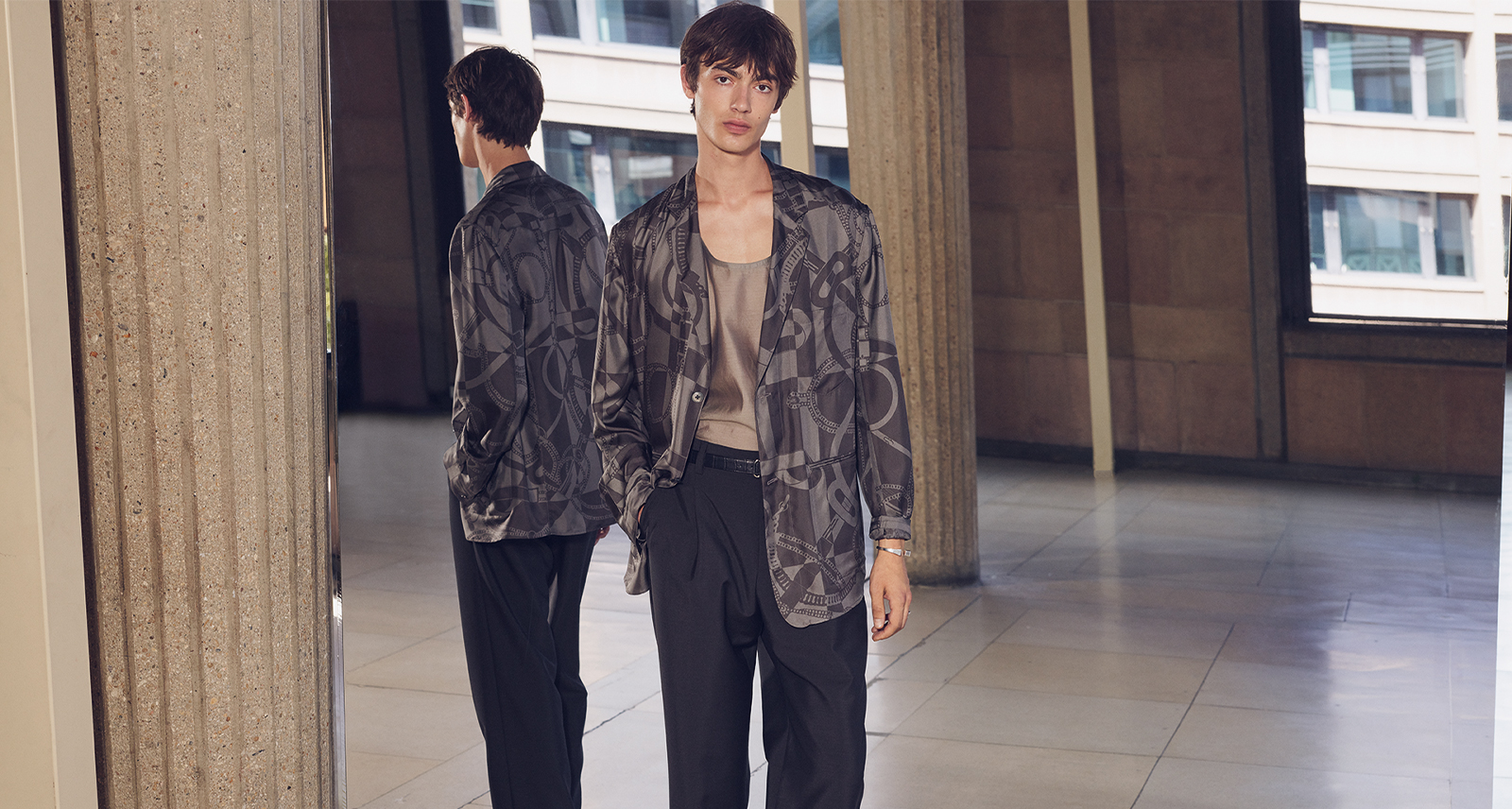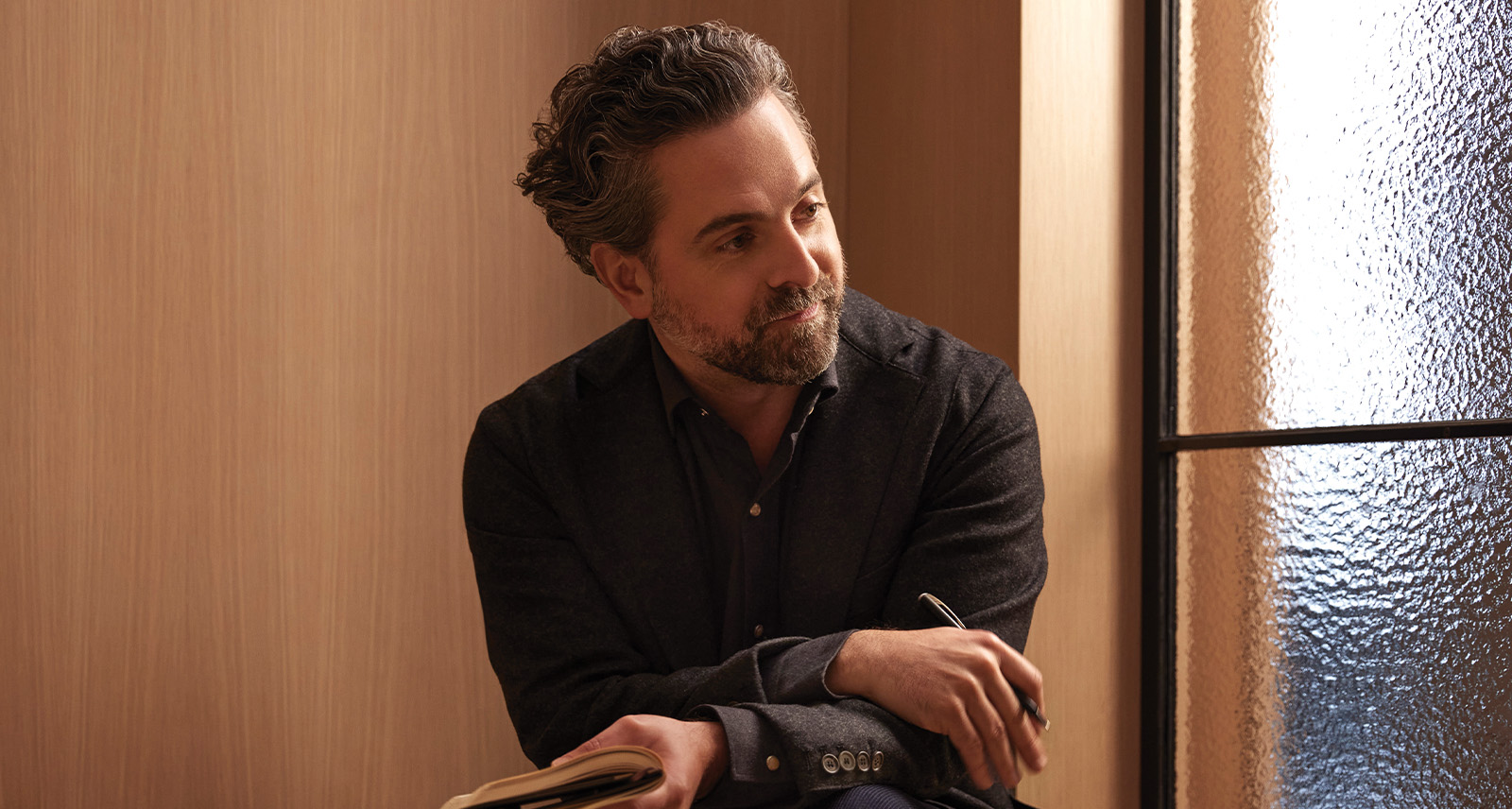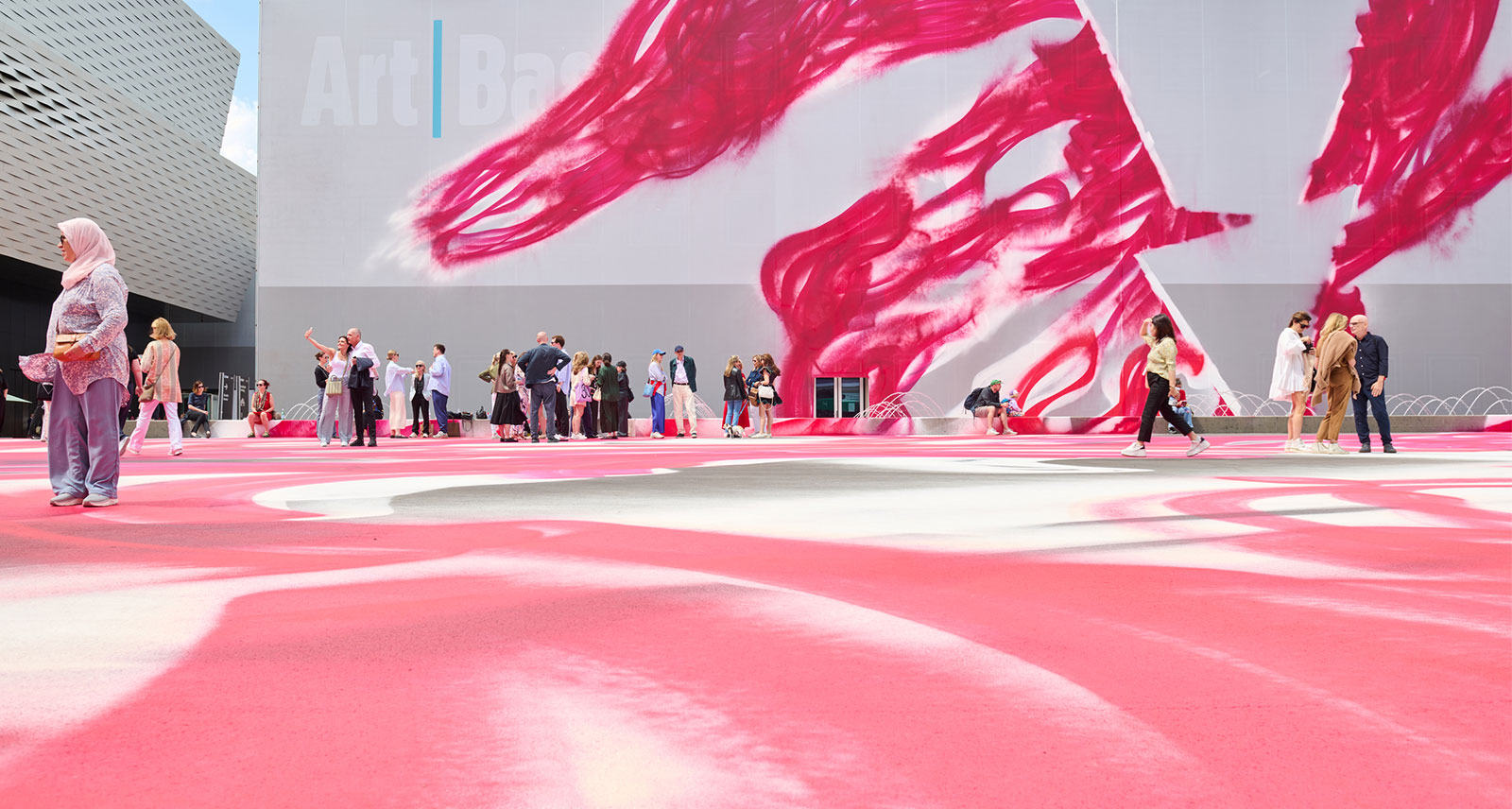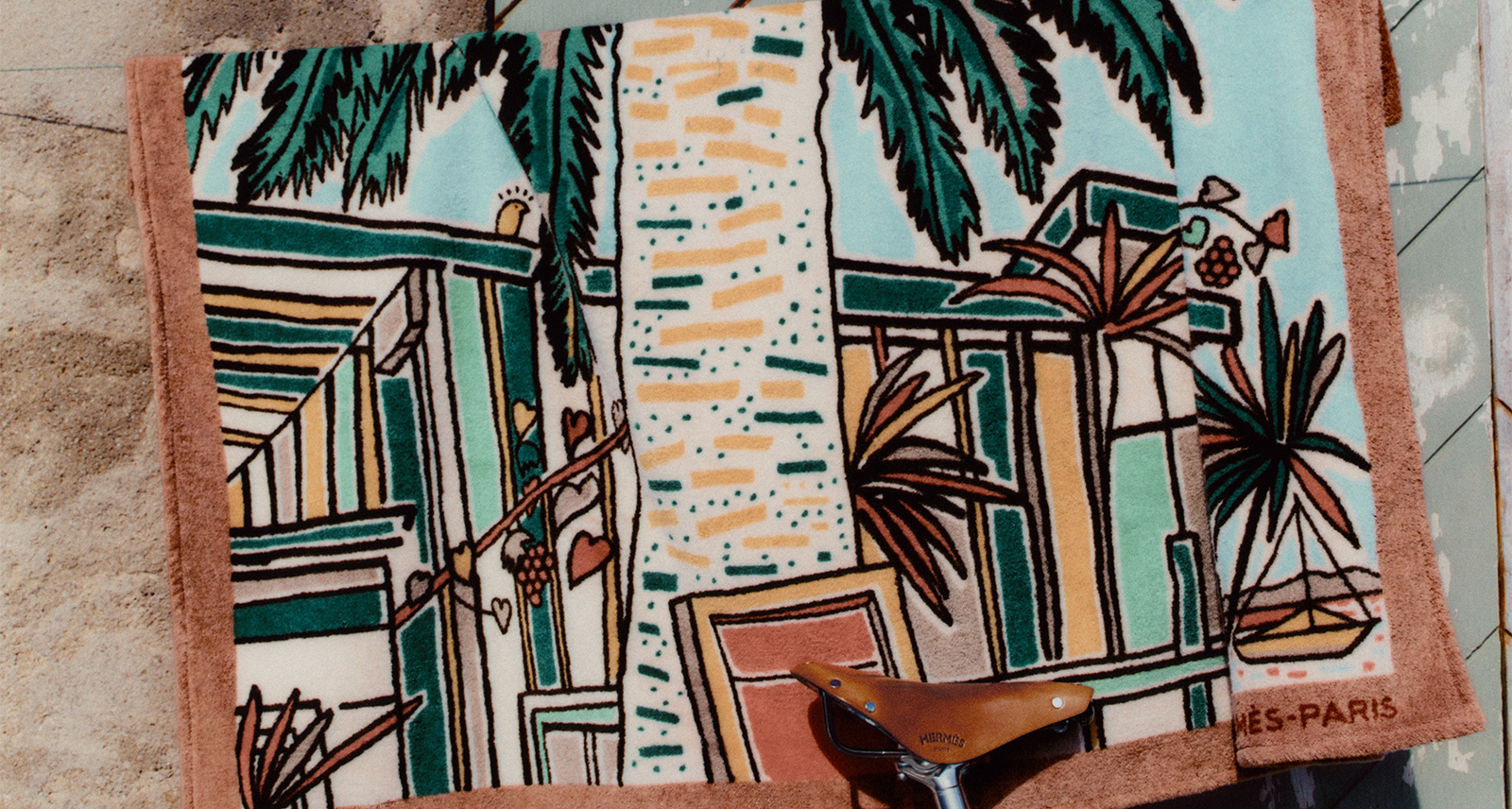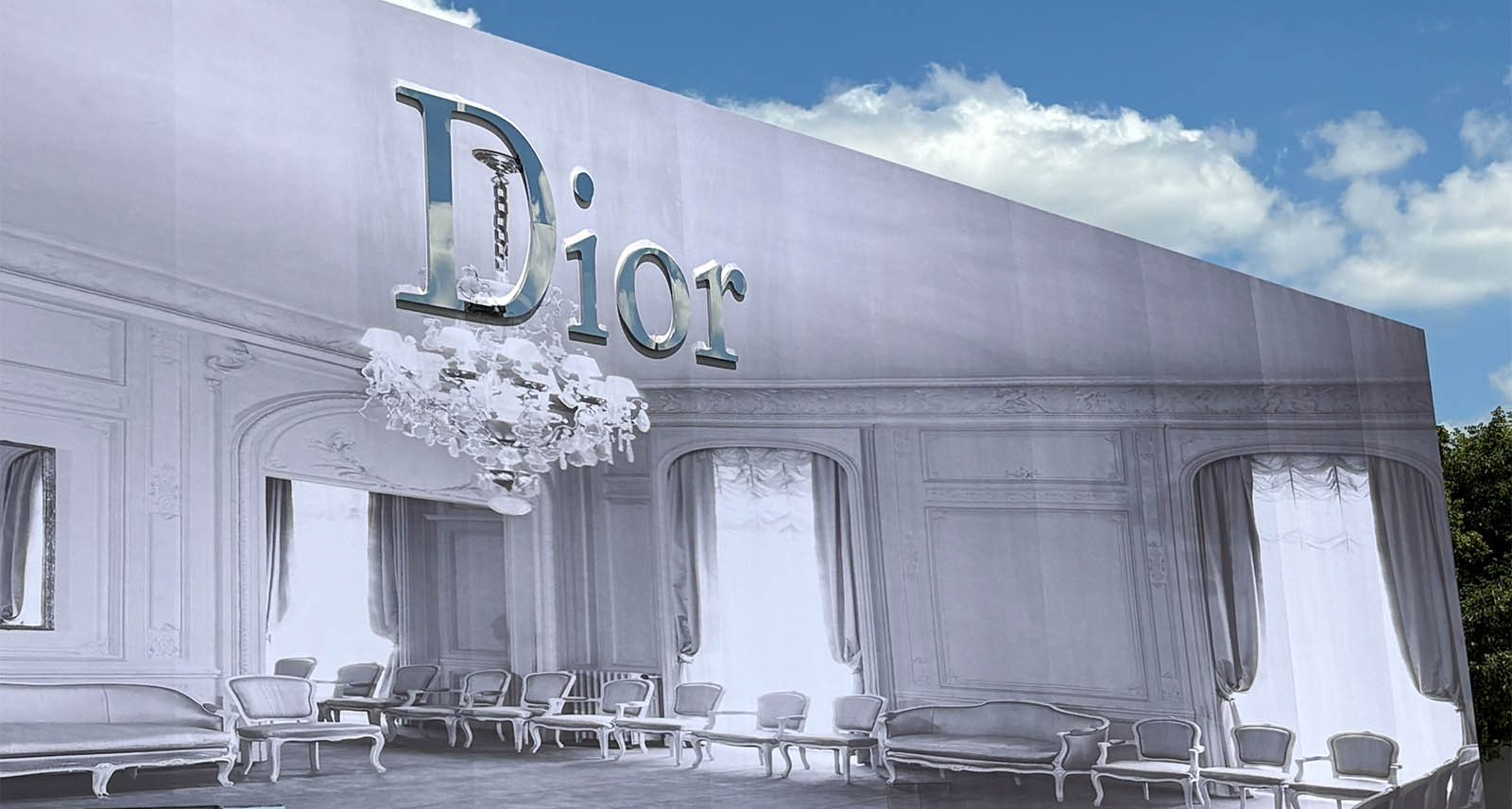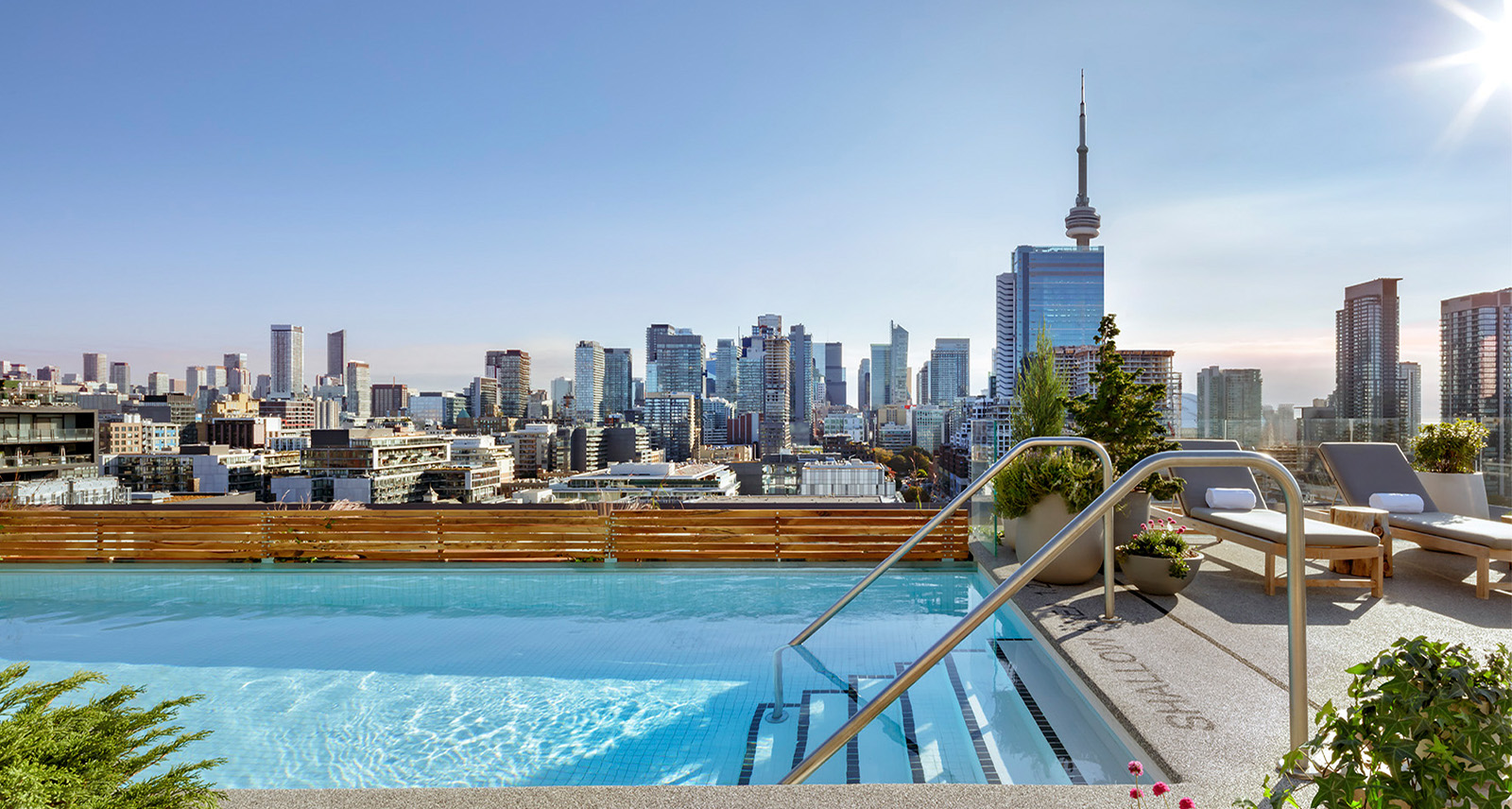Supercar Designer Jowyn Wong on His Boutique Multi-Million-Dollar Wonders
Jowyn Wong has the job we all dream of having. From his imagination come some of the world’s most exotic supercars. After a stint at McLaren, Wong launched his own design studio – Wyn Design – that is responsible for such dream-worthy machines as the De Tomaso P72 and Apollo I E.
The P72 for the re-born De Tomaso brand is Wong’s latest project (that he can talk about right now). As with the classic De Tomaso Pantera, the new P72 uses a big Ford V8 engine mounted just behind the driver. This time it’s a 5.0-litre supercharged unit tuned by Roush to over 700 horsepower. It sits in an all-carbon chassis that belongs in an art gallery. It was created to celebrate the 60th anniversary De Tomaso, and only 72 examples will be built.
Jowyn Wong was kind enough to give us the inside scoop on how a boutique supercar like this comes together, how he goes about the design process, and what excites him about designing for virtual reality.
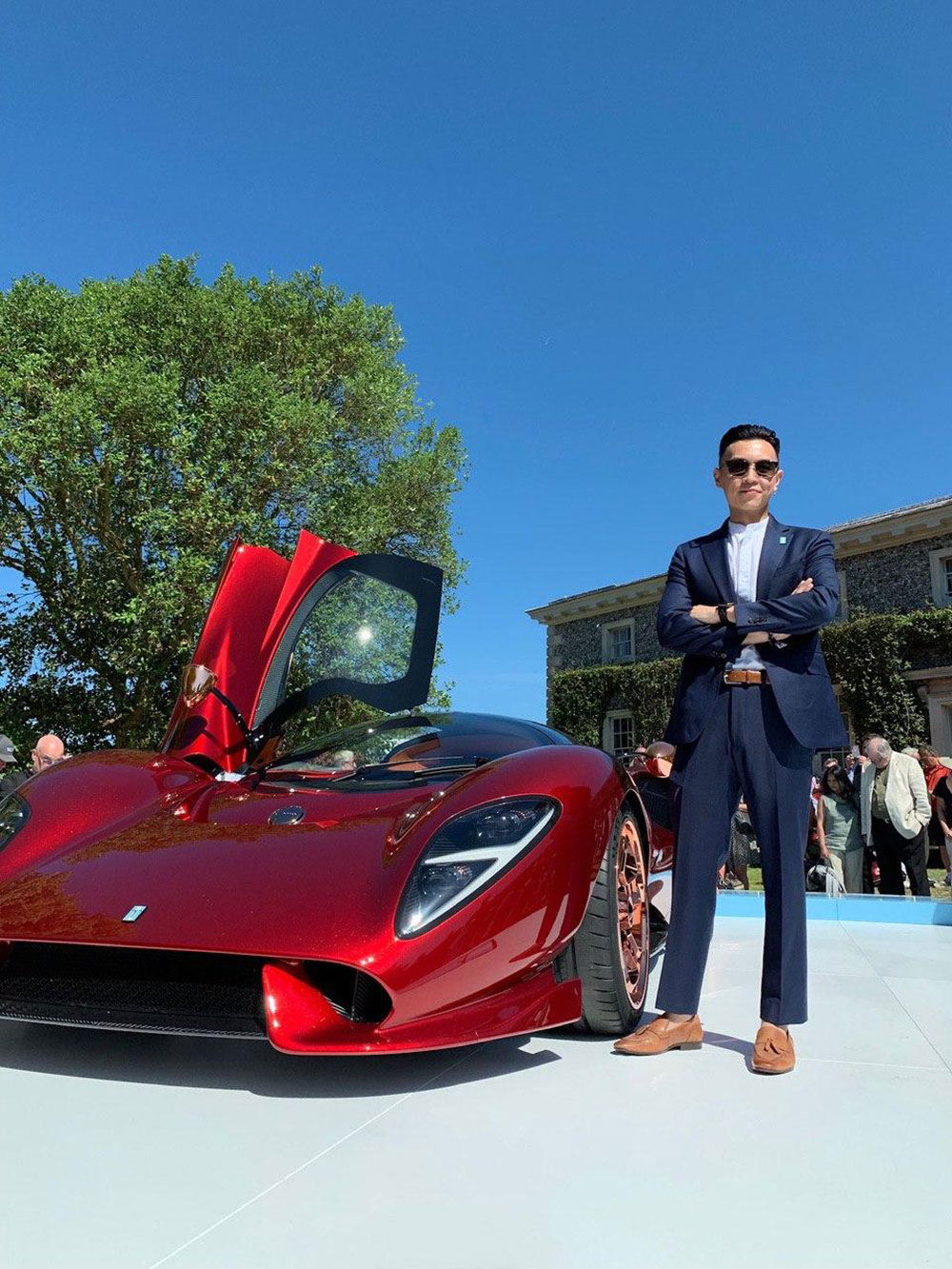
The P72 obviously draws from the golden-era of prototype racing, but what specifically inspired this car?
The form of the P72 certainly draws inspiration from ‘60s prototypes and Can-Am era of automotive racing. The inspiration was drawn to tell the story of the very beginning of De Tomaso and its heritage to the modern audience. Additionally, there is this intoxicating balance between raw power and exceptional beauty. The story of Alejandro De Tomaso and the brand was fascinating too; it was an opportunity to go back to the very beginning of the brand’s inception. My aim was to create a narrative from the exterior that continues right through to the interior, to embody the story and history. We deployed contemporary methods of design, artisanal material application and executed it all with the wonderful simplicity of design. The circular, highly polished interior instruments were designed to tell the story of the golden age of the great American automobile; it’s a subtle nod to the partnership De Tomaso had with Ford back in the day.
In terms of design, what can you do with a boutique low-volume supercar like this that you wouldn’t be able to do at a mainstream brand?
I get to engage and serve the clientele. Having some initial input from your customer base sets you on the path to create a purposeful design for the consumer. So many of our products depend on the design; I have to be strategic with my approach to ensure the result will have enough impact to aid the survival and sustainability and growth of the brand. Other mainstream brands have been constantly evolving. They are always in the process of maturing their brand DNA. They have a lot of legacy. But it’s different with De Tomaso where you don’t have the huge burden of legacy to conform to that dictates a certain direction. At present, De Tomaso is a small auto-manufacturer with a tremendous history and big ambitions. We have the agility to execute decisions very quickly and I have the opportunity to design the whole car, as opposed to the typical OEM environment where you have an army of designers and entire divisions for things like wheels, lights, a whole separate interior team, and layers upon layers of management and so forth. A leaner team focusing wholeheartedly on one project at a time enables a deeper connection to the project throughout the entire development process.
Have you sat in the car, or driven it? What’s it like in person?
I have sat in the car while it was driven at Pebble Beach in 2019. It’s really comfortable. The all glass canopy is a very unique experience. Combined with the luxurious application of materials, patterns and colours, it feels like you’re in an art-deco fighter jet, and it sounds glorious. I drove the predecessor, which was the De Tomaso P70, because I was the only person who could fit inside it; you had to work that car hard with the clutch and throttle!

Where is Wyn Design based, and how did you end up with this amazing career?
Wyn Design is based in the U.K. Since I was young, I’ve always wanted to be a car designer, endlessly sketching cars day and night. My father had a subscription to automotive magazines and I would just read them over and over again. I studied at the University of Huddersfield, U.K., graudating with a degree in transportation design. I was at McLaren for a year, and that time felt like a dream come true, but shortly after that I was contacted to see if I was interested in designing the replacement for what was formally known as the Gumpert Apollo. At the time the Gumpert Apollo was built to do one thing: conquer racetracks. It was the Nürburgring lap-record holder but it was scrutinised for the way it looked. I joined Apollo shortly after leaving McLaren to then design the sucessors, the Apollo Arrow and Apollo I.E.
This is an impossible question, but what are your top 5 favourite cars of all time?
This is a very impossible question! And in no particular order: Shelby Daytona Coupe, Lancia Stratos Zero concept, Porsche 917k, Belly Tank Lakester, Ferrari 250 Testa Rossa.
How does a project like the Apollo or De Tomaso begin? Is it a sketch on a napkin?
It really begins with an idea. A sketch follows shortly after that. Usually I sketch either on my phone or my iPad, you can probably say it’s the modern version of the “sketch on a napkin.” We then mature the idea to see how much traction we can get with it by engaging with a select group of customers prior commissioning the design and development program. Usually I create roughly 15-20 variations and themes. It’s incredibly challenging to go up against the big names in the supercar business, however it’s safe to assume both Apollo and De Tomaso disrupted the industry with the I.E and P72, respectively.
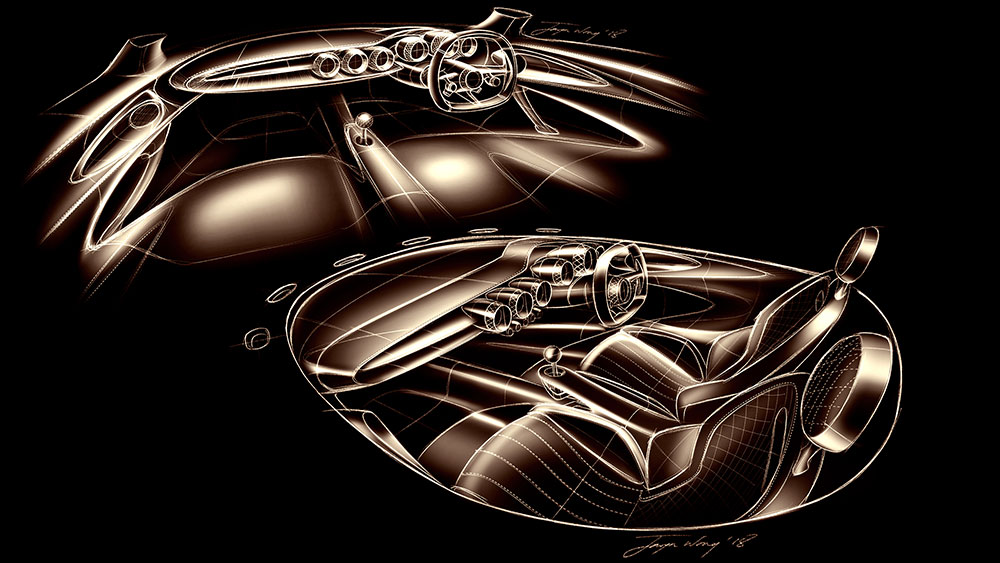
After that, what goes into getting a project from the design stage into showrooms? How much money, work and time does it take?
Extraordinary amounts of hard work, discipline and a lot, lot of money. As a small team we have to work extremely efficiently. Like any other business you also have to maximize what is available in the budget. Generally, the public is not exposed nor aware of how much the development program of a new vehicle costs. We are talking about the highest degree of consumer products, with the highest regard for occupant safety, longevity and quality of the fabrics and materials, the highest performance, engineering and aero requirements. It all has to be designed and engineered precisely, then tested and tested again. There are masses of homologation requirements that dictate a lot of areas of the design and manufacturing processes. Then, even more homologation and legal requirements to meet other requirements, such as emissions standards. It must all come together to result in an effective and holistic entity that the consumer will have the confidence to purchase. It is an extremely risky and costly operation that exists purely because of the passion for automotive, however it is absolutely rewarding when you see the final results.
I typically work day and night to cover many time zones and to be engaged with executing the decisions necessary to keep the project on target. A huge portion of the development is dictated by design. You have to arm yourself with the best technology available, and to trust your experience and instincts. I had spent the past 7 years enabling my studio and working environment to become completely digital and mobile; we must be able to work remotely, anywhere in the world when called. There are a lot of instances where I am called to visit suppliers to check the quality of parts, materials and finishes, and when I go back to my hotel to resume my design duties without wasting time. My design team only consists of just 2, myself and Jakub who is the digital modeller.
In terms of the future of cars and supercars and technology, what excites you most? Where do you see big potential?
I love cars and I love technology. The combination is pretty much a religion for me – technology is the enabler for design. I now spend a lot of my time designing in virtual reality and to expand on my skillset. I am excited with the prospect that vehicles could evolve to become airborne; you can imagine something between a fighter jet and a drone. Somewhere in there I believe will emerge a new market. Rather than the over-saturated racetrack narrative, this is an area where I see big potential and where we can reignite a new generation of creativity and awesome products. We can establish new and modern rules up in the skies, offering a completely new and amazing experience. These days in automotive we’re becoming increasingly confined largely due to an enormous legacy of regulatory standards. Adhering to some of these very primitive rules is very challenging and limiting. I also see big potential in the virtual reality space. We are now coming to a stage where such immersive experiences are progressively becoming more difficult to differentiate from reality. As this space and technology continues to grow, with enablers such as AI and 5G, you can really take advantage of those tools to design whatever you want in that virtual space. So, designers are now moving into this environment where you can exercise absolute creative freedom, delivering creative content for industries such as immersive games and virtual experiences, etc. Other areas that I’m highly interested in are organizations such as Space-X. It’s very fascinating, the idea of venturing into space has always been a dream of mine. I hope to work on similar projects with the likes of Elon Musk; the modern space race is something that is truly exciting that connects the best of humanity to achieve such monumental ‘’out of this world’’ tasks. In my opinion, the future holds enormous potential to exercise creative freedom to help build a very fascinating emerging new world.
